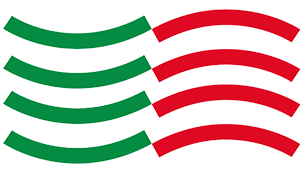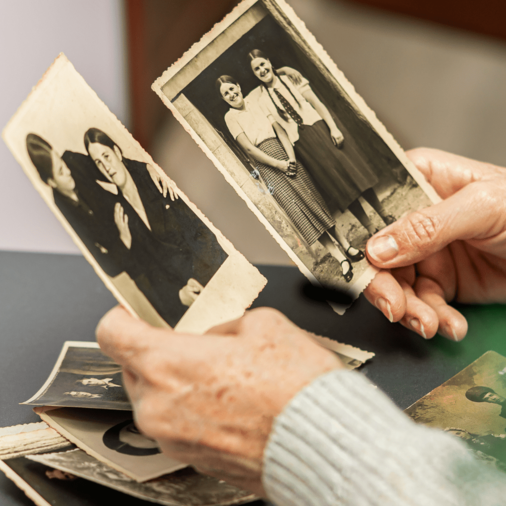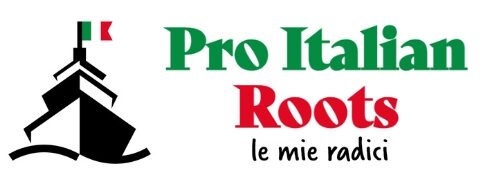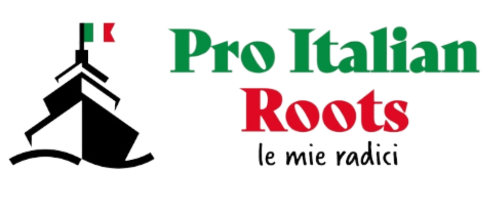What if I haven’t found my Italian ancestor?


What if I haven't found my Italian ancestor?
It often happens that a descendant of Italian heritage, while tracing their family tree, discovers that both their paternal and maternal ancestors were Italian. As a result, they are unsure which lineage to follow in order to pursue the recognition of Italian citizenship “iure sanguinis,” whether it be through the male or female line.
However, this choice becomes irrelevant if the child of the Italian couple was born after January 1st, 1948, when the Italian Constitution came into effect. In such cases, even when applying for citizenship by descent, the process would remain “administrative.”
On the other hand, if the child of Italians was born before 1948, the situation is different. In this scenario, the recognition of citizenship will be sought exclusively through the courts, starting from the female ancestor.
- For the male lineage, the administrative request applies.
- For the female lineage, the appeal to a judge in Italy is necessary.
This presents the well-known issue of “pseudo-maternity,” “double descent,” or “false maternity.”
What should be done in these cases?
Can I proceed with the ancestor of the ancestress, if the husband was also Italian, or must I necessarily follow the paternal-administrative route?
From the outset, it is evident that there is no precise answer that applies to all cases. In principle, it does not seem fair to bind the applicant to a specific “mode” of exercising their subjective right, as the ultimate objective remains the same: Italian citizenship “iure sanguinis.”
However, as the line of citizenship transmission changes, so do the components of the legal action. Therefore, we are dealing with a different action and right.
It is a fact that in the past, there have been judgments where the “pseudo-maternal” case led to the rejection of the appeal by some judges, stating that the applicant could have applied through the administrative channel.
False motherhood
The argument concerning paternal citizenship recognition actions, which has gained significant acceptance in case law, highlights that consulates have long waiting lines for the right in question to be exercised.
The issues of “pseudo-maternity” and paternal recognition are closely related, as demonstrated by the possibility of pursuing the maternal route in the case of double descent while simultaneously continuing the paternal route, due to excessively long waiting times at Italian consulates.
However, it is argued against queuing in court for the entire maternal line.
Moreover, this is just one potential factor, as it is not certain that the judge and/or the Interior will challenge dual lineage.
Therefore, the judgment can proceed without issues, as long as the judgment by the maternal line is “pure and simple.”
There may also be cases where the choice to apply for citizenship through a specific ancestor is necessitated, such as when the ancestor’s birth certificate cannot be found, or when they naturalized their child’s birth, or when they are from Trentino.
In all these cases, it is important to prove the impossibility due to document destruction or other circumstances that prevent the issuance of the certificate.
Another scenario where “pseudo-maternity” is only apparent, posing no problem, is when there is a woman in the “genealogical line” after the parent of Italian origin, and their son or daughter was born before 1948.
To provide an example, if Italians A and B have a daughter born in 1915, who in turn has daughter D born in 1946, whichever ancestor is chosen by the applicant, the case will always fall under the “maternal line” because D was born to a woman before 1948.
Get help from experienced and qualified professionals
Please note that all information provided is for informational purposes only and does not constitute legal advice.

